To save the disastrous failure of the “Special War” strategy, by all means, the US imperialists carried out a “War of Destruction” in order to prevent support from the great rear of the North to the battlefield in the South. Among the 60 “blockages” on the vital traffic route that the US had identified, Ham Rong Bridge was considered an “ideal blockage point”. Therefore, the US “favored” Ham Rong with a thorough plan of destruction using the most brutal means possible.
 Ham Rong Bridge stands proudly across the Ma River. Photo: Minh Khoi
Ham Rong Bridge stands proudly across the Ma River. Photo: Minh Khoi
The main target of the Ham Rong air raid was assigned by the US to the 2nd Tactical Air Force Group - the "red elder brother" in the US tactical air force and equipped with F105 aircraft, the most advanced and modern aircraft at that time. This type of aircraft was nicknamed "thunder god" because it relied on its roar to intimidate the enemy. According to the US military, "when a force of thunder god aircraft roared overhead, the enemy was no longer calm enough to aim and shoot. At that time, the F105s just dived one by one and dropped bombs". However, the enemy pilots did not expect that this tactic of diving one by one created conditions for the air defense force at Ham Rong to fire at each aircraft one by one.
Grasping the plots and tricks of the American invaders, under the direction of the Party Central Committee, the Government and the Ministry of National Defense, the army and people of Thanh Hoa, together with the troops, entered the war with a proactive mindset, ready to defeat the American "War of Destruction". In late February and early March 1965, the atmosphere of combat preparation in Ham Rong was extremely exciting. The loudspeakers regularly reported the enemy situation and issued orders for complete evacuation. Ham Rong entered a new challenge, not yet imagining the fierceness and scope of the war, but in their hearts, President Ho's call was deeply engraved: "Let us all unite as one. Determined to defeat the American invaders".
On the afternoon of April 3, 1965, the US mobilized a large number of jet planes and bombs to bomb Ham Rong bridge. Every mountain, river, construction site, and factory became a target of fierce attacks. Implementing the combat plan and assigning tasks, the 57mm artillery fired effectively at the longest distance, then the 37mm artillery, then the 14.5mm, machine guns and rifles..., all were ready to fight. The order to fire was issued from the command post, when the F105 aircraft began to dive. The shout "fire" spread throughout the battlefields from the North bank to the South bank, despite the roar of many aircraft overhead, trying to put pressure and intimidate the gunners. Never before had there been such a fierce encounter with so many American aircraft. The 57mm artillery Company 1 at the Dong Tac battlefield, Company 4 on Khong Ten hill, Company 5 in Dinh Huong... just waited for the enemy to come within the right distance to fire. At Company 17, the 37mm anti-aircraft artillery at Yen Vuc battlefield, dropped bombs buried the battlefield in mud but the gunners still refused to leave their positions. The battery commander Mai Dinh Gan fainted many times, but when he woke up he continued fighting.
Together with the fighting forces, the Yen Vuc village militia closely coordinated according to the plan to shoot down the aircraft that had been practiced. While the battle was fierce, the units needed ammunition, and the gunners could not leave their combat positions to reload, Ms. Nguyen Thi Hien led the Yen Vuc village militia group, their feet nimbly placed on the rails, to rush across the bridge to reload ammunition for our troops to fight the enemy. Ms. Ngo Thi Tuyen, regardless of the danger, carried two boxes of ammunition weighing nearly 100kg at the same time for the navy ship. In this war with the American invaders, the whole Nam Ngan village went to battle. Mr. Ngo Tho Lan and his children Ngo Tho Sap, Ngo Tho Xep, Ngo Tho Dat, Ngo Tho Sau, each did a job, when needed they were ready to replace the gunners on the warship. Monk Dam Thi Xuan participated in boiling water, bandaging wounded soldiers, and reserved the main hall of the pagoda as a place for emergency care for the troops.
On the top of Ngoc Mountain, the soldiers fought extremely bravely. Their guns were red-bore, and they stopped drinking water to cool them down. On the very first day of fighting, the army and people of Ham Rong and Nam Ngan shot down 17 American jet planes, including the F105 "thunder god" that appeared for the first time in the sky of the North. The whole country was excited about the feat of the army and people of Ham Rong and Nam Ngan. That very night, a large number of local militia and self-defense forces were sent to the battlefields to repair trenches. The General Command mobilized 3 artillery companies of the 57th Battalion of the Tam Dao group to march quickly from the west of Nghe An to Ham Rong to prepare for a day of fighting that was predicted to be much more fierce than what actually happened.
Failing on the first day, the next morning (April 4), the US mobilized hundreds of modern aircraft to crazily drop thousands of tons of bombs on Ham Rong and the surrounding areas. The forces on the southern bank of Ham Rong were extremely strong at this time. Company 1, artillery 57 of Tam Dao group opened fire to attack the arrogance of the "thunder god" - F105. The other companies waited for them to reach effective range before opening fire. The army and people of Ham Rong never imagined that the enemy would use so many aircraft. Not willing to accept defeat, the US sent aircraft from the air force and navy to attack at the same time. However, the coordination between the anti-aircraft troops, air force, navy, self-defense forces and militia created a continuous battle to surround the "heavenly bandits". At exactly 5:00 p.m., the extremely fierce battle ended, the army and people of Ham Rong and Nam Ngan shot down 30 American aircraft. No one believed it, but it was true.
In just two days, April 3 and 4, 1965, the US mobilized 454 aircraft to massively drop thousands of tons of bombs and ammunition on a small piece of land less than 1 square kilometer. However, Ham Rong Bridge still stood firm, while 47 US aircraft had to be destroyed. These were truly “two dark days for the US Air Force”, as commented by the US and Western media at that time. As for our army and people, those were two days that set a record for an unprecedented battle.
In that resounding victory, there appeared beautiful images of the People's War. Many examples of steadfast and brave fighting have forever become beautiful symbols of the determination to fight and win of the people of Ham Rong, Nam Ngan, of the land and people of Thanh. Today, after 59 years of the "historic confrontation", the spirit of "determination to win" is still deeply engraved in the rocks and mountains, Ham Rong has entered history as a beautiful legendary page of the nation.
Minh Khoi
(The article uses some materials in the book "Ham Rong - symbol of Thanh Hoa people", Tu Nguyen Tinh, Thanh Hoa Publishing House, 2021).
Source





![[Photo] Looking back at the impressive moments of the Vietnamese rescue team in Myanmar](https://vstatic.vietnam.vn/vietnam/resource/IMAGE/2025/4/11/5623ca902a934e19b604c718265249d0)

![[Photo] "Beauties" participate in the parade rehearsal at Bien Hoa airport](https://vstatic.vietnam.vn/vietnam/resource/IMAGE/2025/4/11/155502af3384431e918de0e2e585d13a)


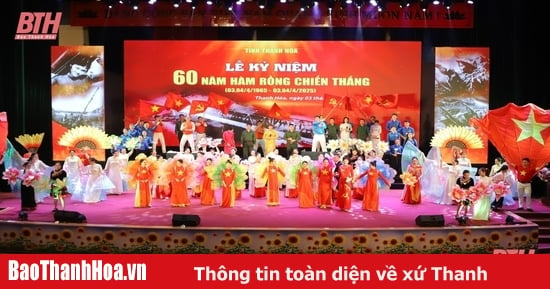
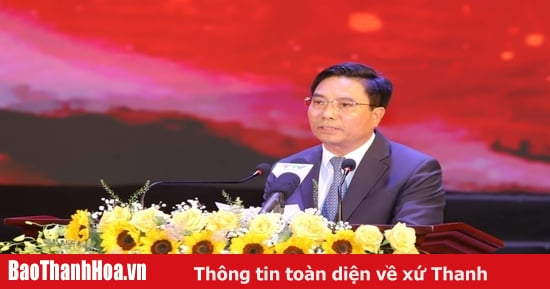




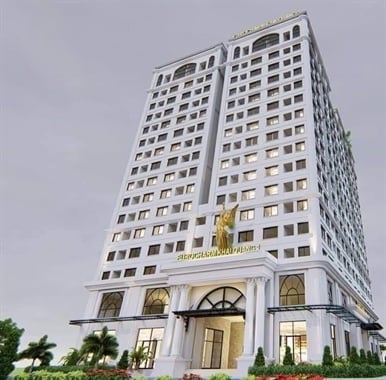

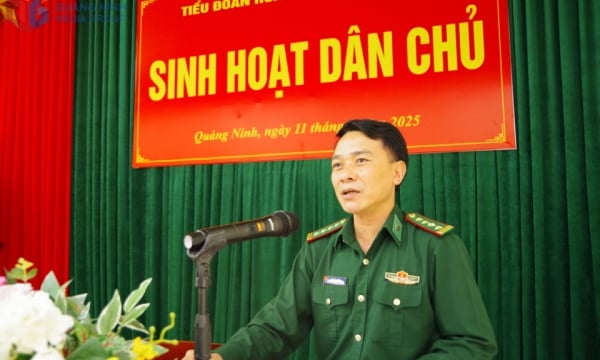
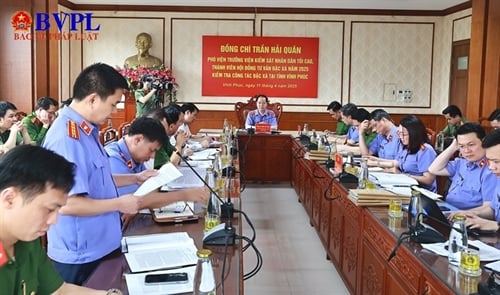
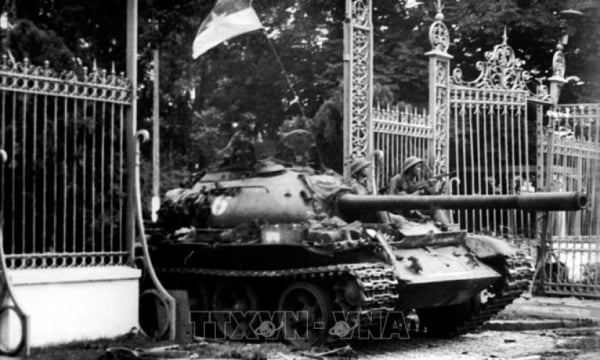


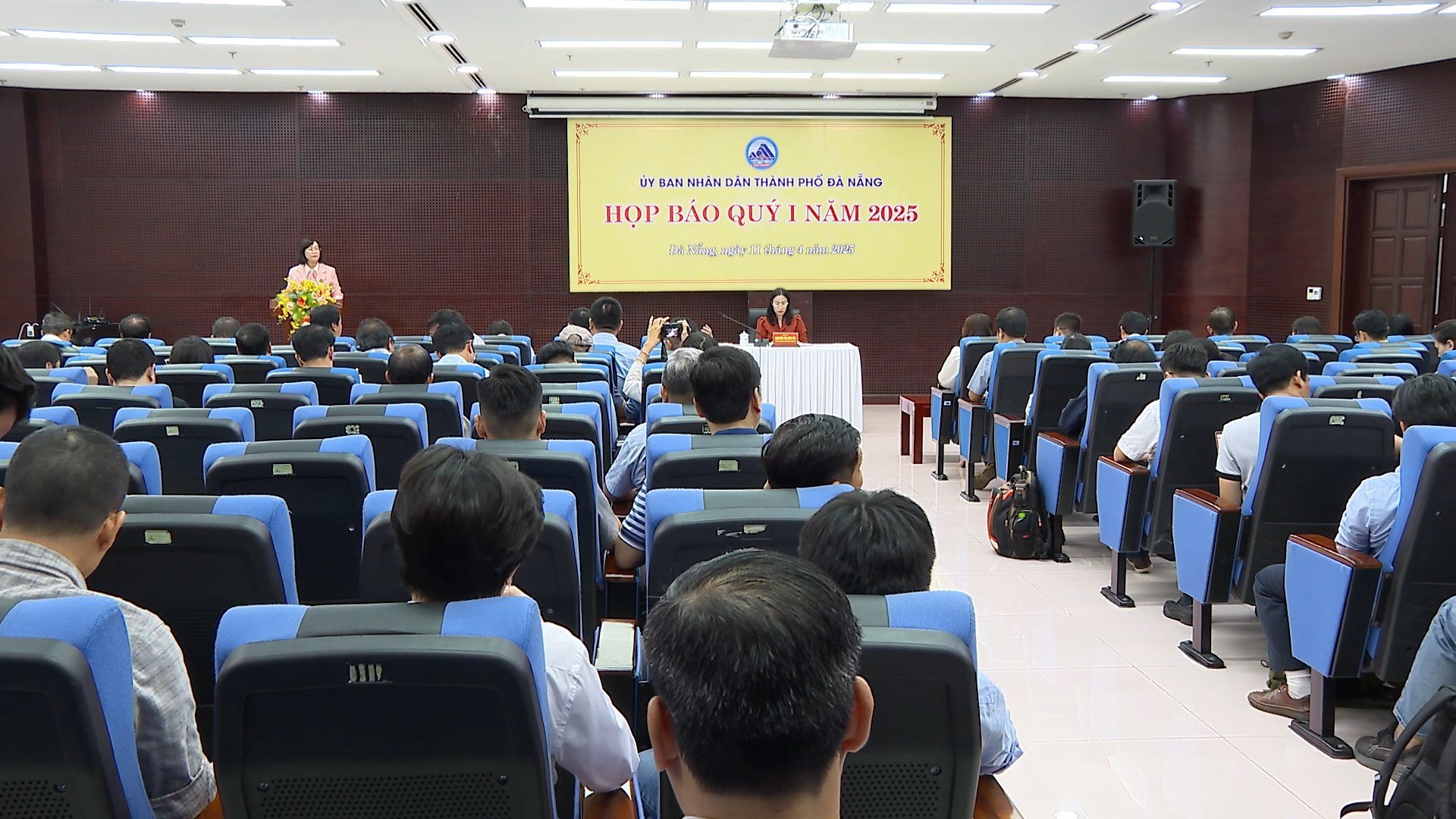
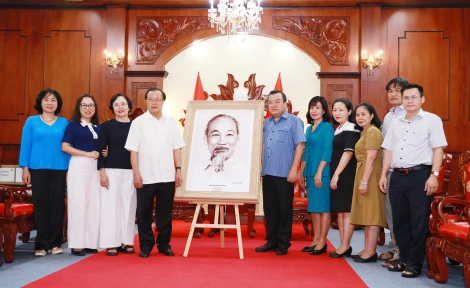
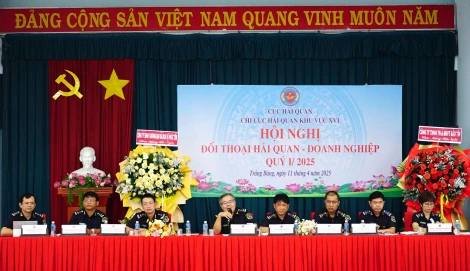
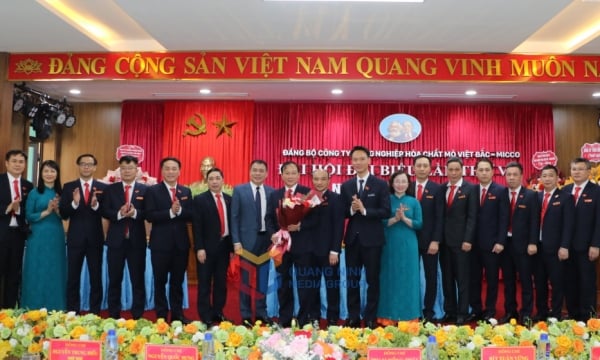

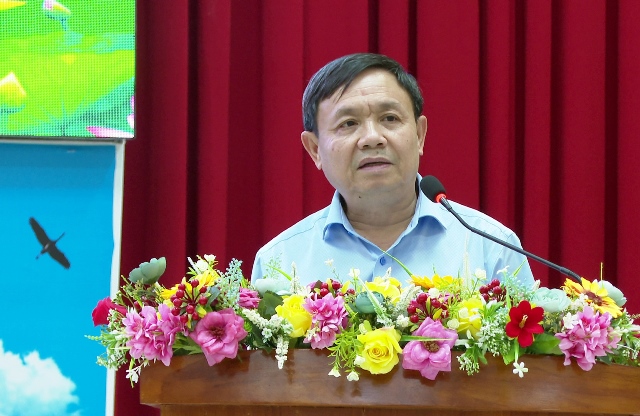
![[Photo] Summary of parade practice in preparation for the April 30th celebration](https://vstatic.vietnam.vn/vietnam/resource/IMAGE/2025/4/11/78cfee0f2cc045b387ff1a4362b5950f)



































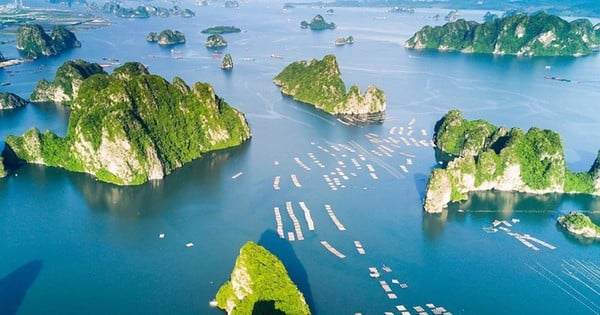






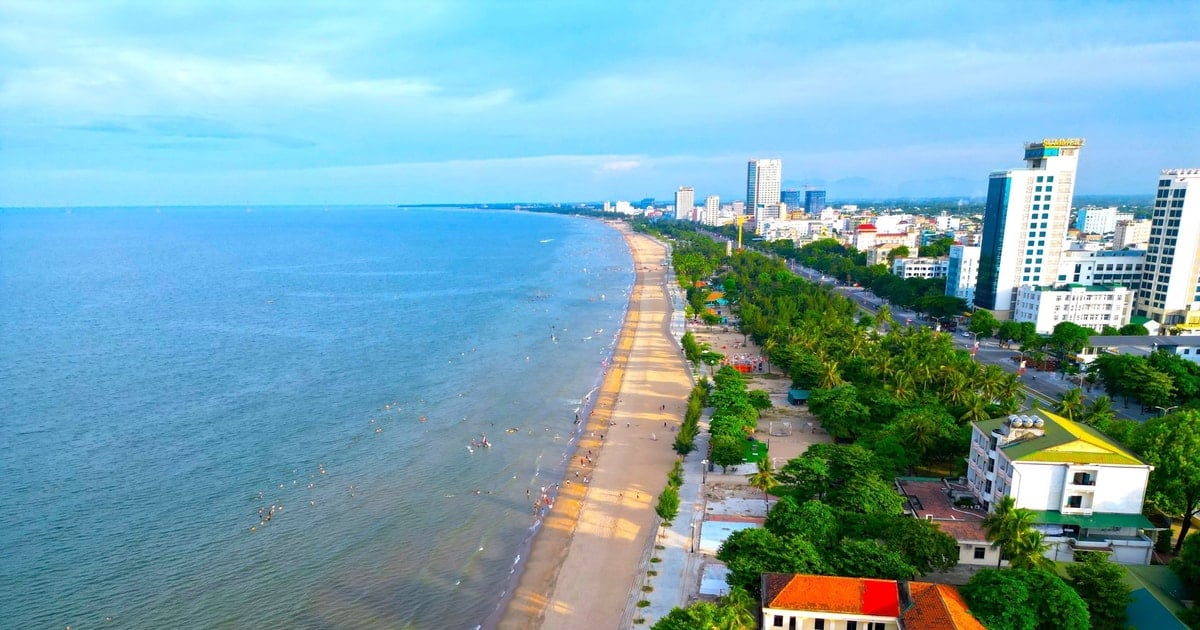

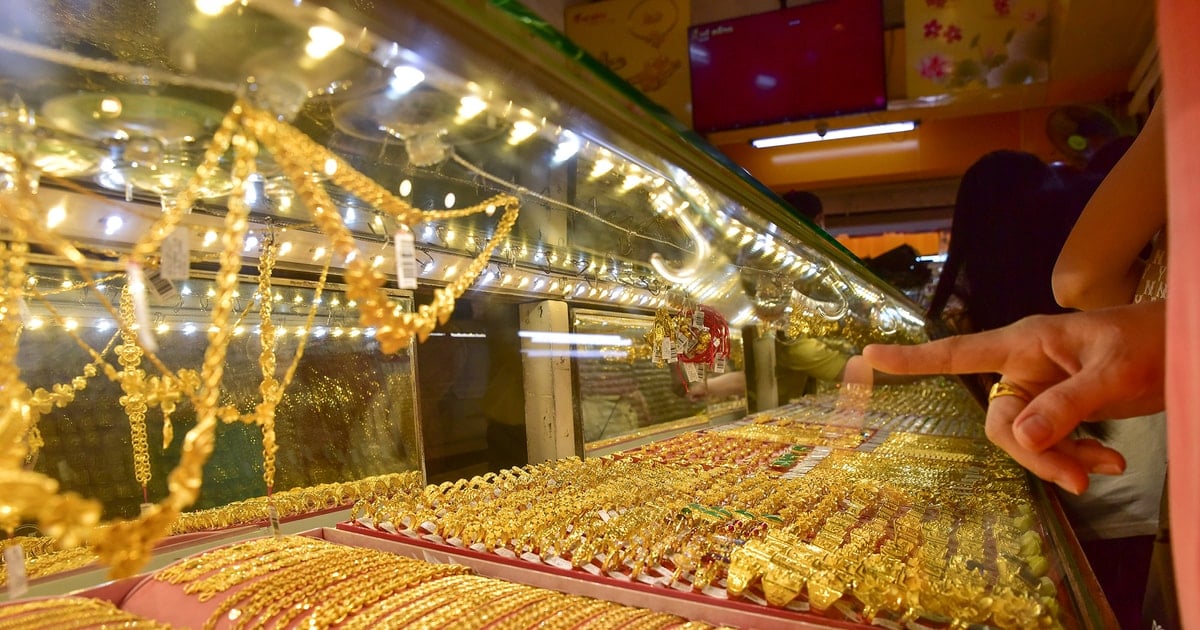










Comment (0)